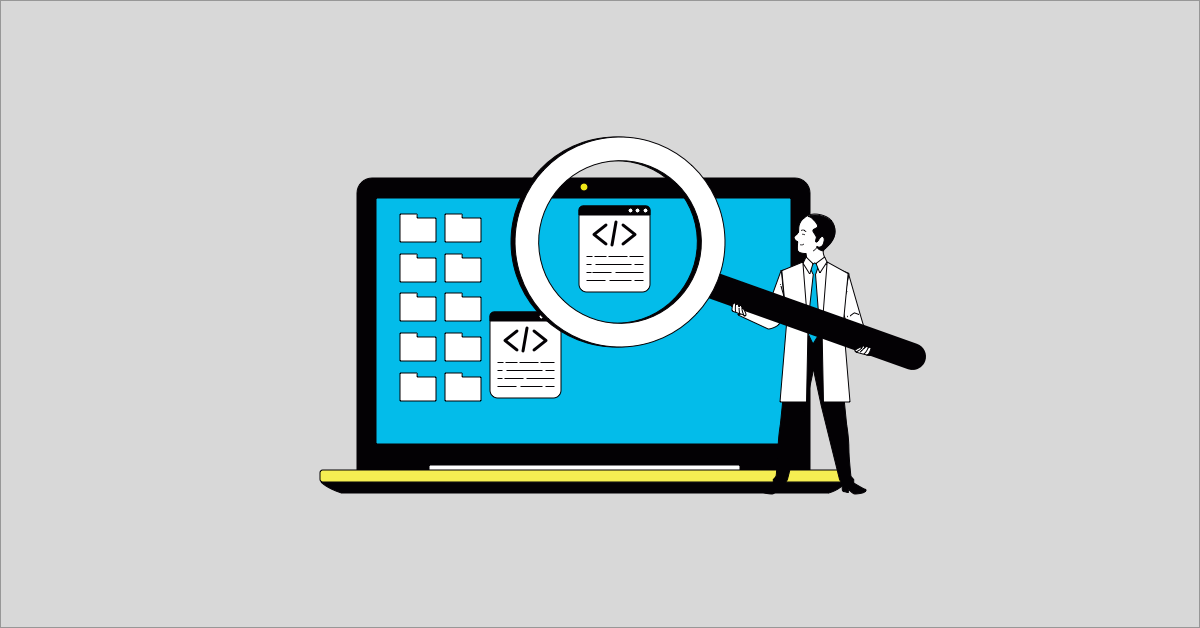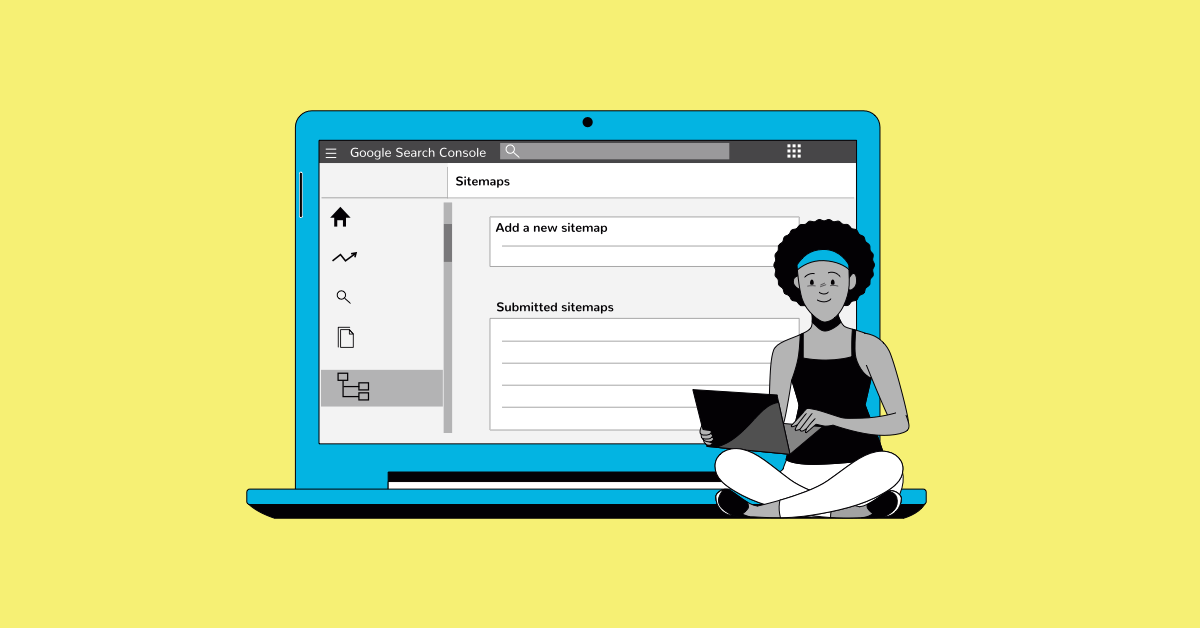Just as athletes push their limits to set new records and achieve personal bests, software teams must continuously test and refine their products to excel in today’s competitive market. The way software teams measure their progress is through benchmark testing—a systematic approach to comparing software’s performance against established standards.
Benchmark testing is essential not just for measuring how software stacks up against competitors but also for identifying crucial areas for performance enhancement. Much like athletes review race footage to pinpoint weaknesses, developers use benchmark tests to spot inefficiencies and optimize systems so that they lead rather than follow in the tech race.
Understanding Benchmark Testing
To fully grasp the concept of benchmark testing, it’s vital to understand the key terms associated with this process:
- Benchmark: This is the reference point or standard against which software performance is measured. It serves as a metric for comparing features, such as processing speed, data transfer rates, and user load handling.
- Synthetic Benchmarks: These are controlled tests that simulate specific aspects of user behavior or software operations to assess performance under predefined conditions.
- Real-world Benchmarks: Unlike synthetic benchmarks, these involve testing software in the conditions it will operate under in actual use, using genuine user workloads to provide a clear picture of performance in everyday scenarios.
Benefits of Benchmark Testing
The adoption of benchmark testing offers multiple advantages, each contributing to a more refined and robust software product:
- Performance Comparison: Benchmark testing lets developers measure their software components against industry standards or competitor products, providing a baseline for performance improvement.
- Performance Bottleneck Identification: It pinpoints the exact areas within the system that cause performance issues, allowing teams to specifically target these areas for improvement.
- Performance Optimization: With detailed insights from benchmark tests, software teams can make informed decisions to enhance speed, responsiveness, and user experience.
- Regression Testing: During development cycles, benchmark tests are crucial for monitoring performance changes, helping verify that new features or updates do not adversely affect the software’s efficiency.
By leveraging benchmark testing, teams maintain their competitive edge and foster a culture of continuous improvement, much like elite athletes striving for excellence. With each test, software products move closer to achieving peak performance so they meet and exceed the high standards demanded by users and the industry.
Planning and Executing Benchmark Tests
A benchmark testing that is both effective and reflective of real-world performance requires a meticulous approach to planning and execution. Here is a step-by-step guide to the process:
- Defining Benchmarks: The first step is selecting the right benchmarks. These should be relevant to the specific type of software being tested and resonate with the needs and experiences of the target audience. For instance, a database management system might be tested on query response times, while a video game could be benchmarked on frame rate under heavy graphics load.
- Selecting Benchmark Tools: The next step involves choosing appropriate tools that fit the specific needs of the project. Tools vary widely in their focus and capabilities. Some might offer extensive metrics on system performance, while others might specialize in user interface responsiveness.
- Test Case Design: Designing test cases that accurately simulate real-world usage is crucial. This involves understanding user behavior and creating scenarios that mimic these patterns. For example, if benchmarking a CRM system, you would create test cases that simulate a sales team accessing client records simultaneously, reflecting peak usage times.
- Test Execution and Analysis: With benchmarks and tools set, the next phase is test execution. This involves running the software through the designed test cases under controlled conditions and then carefully analyzing the results. The analysis should not only quantify how well the software performs but also identify specific bottlenecks where performance lags.
Challenges and Considerations
While benchmark testing is a powerful tool for improving software performance, it comes with its set of challenges that must be navigated carefully:
- Benchmark Selection Bias: There is a risk of selecting benchmarks that do not accurately represent typical user interactions, leading to skewed data that might mislead the development team. To avoid this, it's important to choose benchmarks that cover a broad range of use cases and to validate these choices with data from actual user interactions whenever possible.
- Hardware and Environment Variations: Performance can vary significantly with different hardware setups or under different operating environments. For instance, an application might perform well in a test environment with high-spec hardware but struggle on the average user's device. Tests should be conducted across various configurations to ensure the software performs consistently across all expected conditions.
- Interpreting Results: Understanding what benchmark results actually mean in the context of user experience and software usability can be complex. Raw data needs to be translated into actionable insights. For example, a slight delay in data processing might be insignificant for a backup service but critical for real-time communication software.
Navigating these challenges requires a detailed understanding of both the software being tested and the benchmarks being used. By addressing these aspects thoughtfully, teams can leverage benchmark testing not just as a means to measure performance but as a tool to significantly enhance user satisfaction and competitive advantage.
Benchmark Testing in the Software Development Lifecycle (SDLC)
Benchmark testing is a crucial part of the entire Software Development Lifecycle (SDLC), helping performance goals get met consistently at each phase. Here's how benchmark testing integrates into different stages of the SDLC:
- Performance Testing Phase: During this phase, benchmark testing is conducted alongside other performance evaluations to provide a comprehensive view of the software's responsiveness, scalability, and stability. It lets teams measure outcomes against pre-determined standards, ensuring that every release meets both technical and user experience benchmarks before it reaches production.
- Continuous Integration/Delivery (CI/CD): In modern development practices, benchmark tests can be automated and integrated within CI/CD pipelines. This integration allows for continuous monitoring and testing of the software’s performance throughout the development process. Whenever changes are made, benchmark tests automatically run, providing immediate feedback on their impact on performance. This ongoing evaluation helps teams quickly identify degradation or improvements and address issues as they arise without delaying project timelines.
Conclusion
The strategic application of benchmark testing is crucial for achieving optimal performance in software development. It serves as a rigorous standard against which software functionality and performance can be measured, ensuring that the final product not only meets but exceeds the expectations of users and stakeholders.
For those interested in delving deeper, advanced topics in benchmark testing might include exploring predictive performance modeling, the integration of AI to automate and refine testing processes, and cross-platform benchmarking strategies that consider mobile, desktop, and cloud-based environments.
Software testers and developers are encouraged to leverage benchmark testing as a foundational tool in their quality assurance arsenal. By adopting a data-driven approach to performance optimization, teams can ensure that their software products are not only competitive but also consistently reliable and efficient, providing a seamless user experience.
Not only does this strategic integration of benchmark testing throughout the development lifecycle support technical excellence it also aligns closely with business objectives, fostering innovation and continuous improvement in software development practices.










